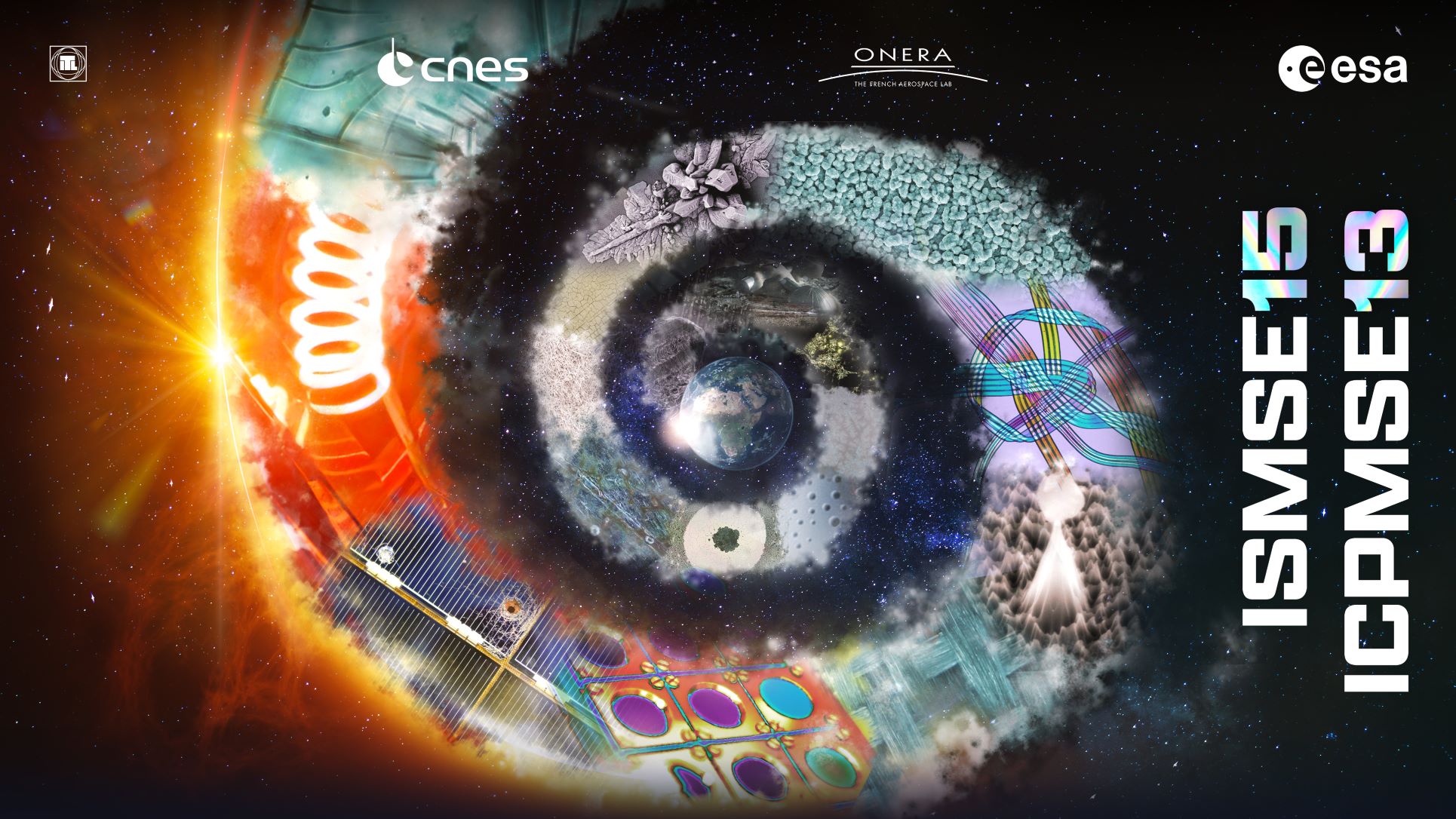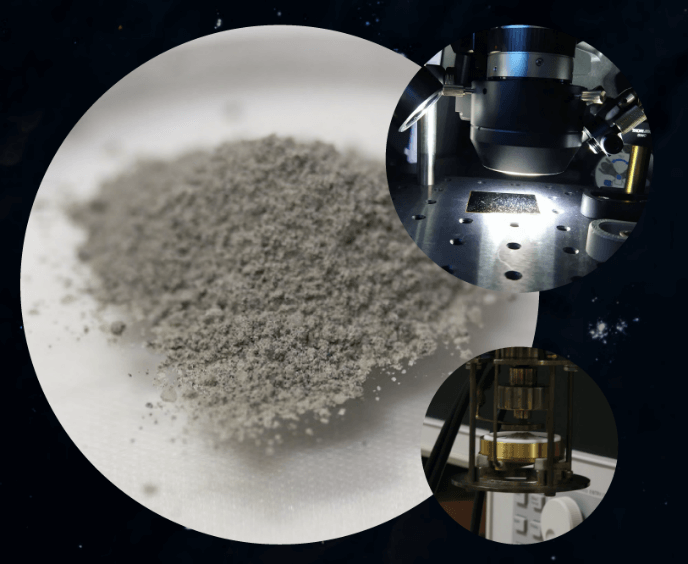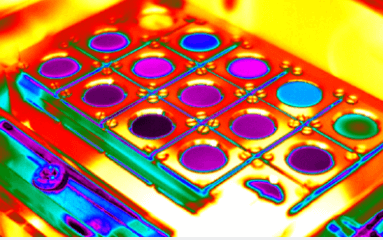Surviving Space: Major Conference Focuses on Materials in the Space Environment
The joint 15th International Symposium on Materials in the Space Environment (ISMSE) and 13th International Conference for Protection of Materials and Structures from the Space Environment (ICPMSE) represents one of the largest international conferences on materials in the space environment, with a heritage stretching back four decades.
“It is hard to imagine a more hostile environment for materials than space,” remarks Adrian Tighe, Materials Engineer in ESA’s Materials Physics and Chemistry Section and one of the co-chairs on the conference organising committee.
“Unfiltered ultraviolet sunlight degrades materials remorselessly, along with particle radiation, erosive atomic oxygen in low orbits and a growing population of space debris heightening the impact risk, starting from the microscopic scale on up.”
“Those are some of the traditional topics we’re looking at, but we’re also encouraging contributions on newer areas. Space is not one destination but many; future missions will take us to new environments such as very low Earth orbit, terrestrial reentry, the high-pressure atmosphere of Venus and the dusty surfaces of the Moon, Mars and asteroids.”
Riccardo Rampini, Head of ESA’s Materials Physics and Chemistry Section, adds: “Meanwhile the required performance of mission instruments grows increasingly stringent – which means in practice larger telescopes or greater instrument sensitivity – with follow-on requirements in terms of the need for higher performance materials on the one hand, or more stringent cleanliness and contamination control requirements on the other.”
“We also want to reflect the ways that the space business is evolving, with ‘New Space’ commercialisation leading to the increased use of commercial-off-the-shelf materials and parts, which need to be tested and characterized for space, including 3D printed parts, plus new high-volume manufacturing and digital testing approaches. Finally the space sector’s need to meet sustainability and environmental regulations means novel materials need to be developed and tested.”
The conference will include looking forward to some of ESA’s most challenging future missions from a materials point of view: the Athena X-ray telescope requiring a large-scale optical module based on novel ‘silicon pore optics’ technology, the gravitational-wave detecting LISA constellation which will have to be the stillest spacecraft ever flown, the EnVision mission to Venus orbit, ESA’s Earth Return Orbiter contribution to the international Mars Sample Return endeavour, the Lunar Gateway around the Moon and the proposed Comet Sample Return mission.




